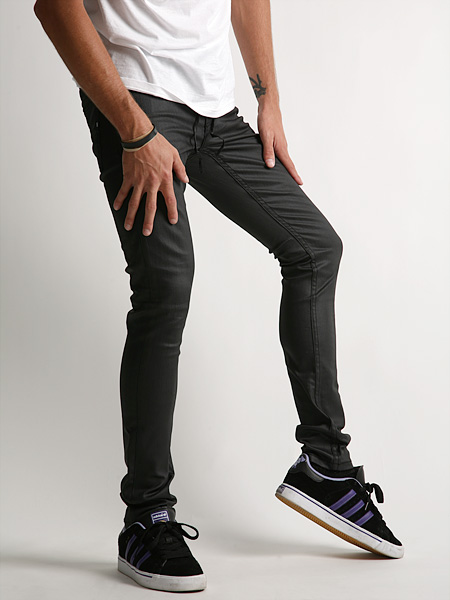Many sports performance coaches, trainers and facilities say they are "research based." But often times their research consists of nothing more than a quick perusing of YouTube to see what the latest gadget is.
But we at Pair & Marotta do read A LOT of research. We understand how specific exercises train the muscular system and what techniques work the best. So today we'll cover a very HOT topic: Methods for Speed Training.
Everybody loves speed. They love to watch players literally move like electricity and yet do it so smoothly. But how do we train it? Should we use parachutes? Bands? Sleds? Hills?
In the most recent edition of the "Strength & Conditioning Journal" Matthew Behrens, MS and Shawn Simonson, EdD reviewed the
options for improving sprint speed. Here is my brief summary.
The first point is that there are two parts to improving speed: Stride frequency and stride length. The authors state that assisted sprinting is used to improve stride rate. Stride rate is otherwise known as the speed that the legs are moving. The legs can move fast, but if they aren't taking long enough steps, then they're literally just "spinning their wheels."
Over speed training can be accomplished using various methods. The first is to be towed. To do this you'll need 2 people or a fixed anchor point. Generally an elastic band is hooked to 2 athletes and the person in the back runs at supra-maximal speeds. I generally describe it to athletes as "running faster than you ever have before." Obviously without the demand on the legs to push harder, they just have to keep up with the body being towed.
The second method the researchers discuss is high-speed treadmill sprinting. This has been demonstrated to be effective, but is usually cost-prohibited in addition to restricting training to 1 person at a time.
Downhill training is also effective but only at specific angles. The problem with downhill training is that the slope should be a maximum of 2-3 degrees. Usually finding a slope long enough at this angle becomes a problem.
Behrens and Simonson recommend that the best recommendation is assisted towing. This still allows the athlete an acceleration phase but with a much faster top end. One area of concern with over-speed assisted training is the risk of hamstring strains due to a braking effect. If the leg extends too far out during the pull-through of the running cycle, the hamstring attempts to slow the body down and often this is where we see a multitude of hamstring injuries.
Assisted sprinting is used to develop stride frequency. On the other end of the spectrum is resisted sprinting. Resisted sprinting is used to develop stride strength and length. The only 2 options the authors give for resisted training is resisted towing and uphill sprints.
 |
| Resisted Sprinting |
The concern regarding resisted sprinting is that if the resistance is too great, sprint mechanics will be altered and as a result the transfer over to normal sprinting will not be as great. As a result, parachutes have been developed as they provide resistance, but not so much that the mechanics are changed. Finding an appropriate hill is also problematic as too steep of an incline will surely change sprinting mechanics.
Although sprint training might seem simple, it is a highly complex topic that takes proper prescription of exercise and drills. Think of training like a prescription medicine. If the dosage is too high, there will be severe side effects and the medicine will be ineffective. If the dosage is too low, the medicine will have minimal effect. In order to train athletes to be their best, you must have the correct prescription.
Fortunately, Pair & Marotta Peak Performance training has the solution: Summer Speed, Strength & Power (SSP) Camp. By attending this 6-week camp, your athletes will get faster, stronger, more powerful, more resistant to injury and have a refined work ethic. We have 2 camps, one for junior athletes age 8-12, and a high school camp for athletes ages 13-18. Camps start June 6. For more information and costs, please contact Aaron@pairmarotta.com or call 661-912-9991 or visit www.pairmarotta.com/fitness.












